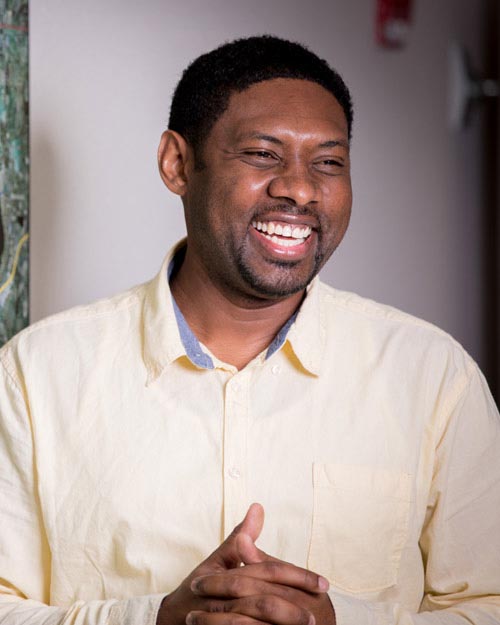America’s National Science Foundation (NSF) has awarded a United States-based Guyanese researcher a five-year grant to study how various factors, including the demand for natural resources, influence the landscapes of the Indigenous Peoples in Guyana.
The University of Texas in Dallas announced that the grant was awarded to Dr. Anthony Cummings, an associate professor of Geospatial Information Sciences (GIS) in the School of Economic, Political and Policy Sciences at the university.
Growing up among the Indigenous Peoples near the Venezuelan border influenced Cummings research project as during his time in the area he observed the ways they approached the land and made their livelihoods.
Cummings earned a Faculty Early Career Development Program award for his project “Land-Use and Land-Cover Change Impact on Biodiversity and Indigenous Peoples’ Livelihoods.” His aim is to understand how forces far away from Indigenous Peoples influence landscapes, such as fluctuations in the stock market or the demand for gold or timber, are interpreted by the people within those landscapes.
According to the university’s report, with the five-year $523,000 grant from the NSF, Cummings will return to Guyana to study indigenous peoples’ influenced landscapes, or landscapes within which indigenous peoples complete a range of traditional livelihood practices.
“For example, if gold prices go up, does that mean there is a higher demand for gold within indigenous peoples’ influenced landscapes and that you have more people wanting to become gold miners? Or, as more folks in China gain access to capital and there is a higher demand for exotic fruits, does that mean indigenous peoples’ farming spaces are now becoming production grounds for those fruits? And what does that mean for land cover in those spaces? Does it impact the amount of forest or the traditional ecosystem services that indigenous peoples may have derived from the forests? In other words, when there is a change someplace far away, can we begin to measure responses at these fine spatial scales of indigenous peoples’ farms and within their swidden [the cutting and burning of plants in a forest or woodland to create a field] landscapes?” Cummings was quoted as saying.
It was stated that Cummings’ research team will develop novel approaches for obtaining imagery and mapping tropical forest cover using unoccupied aerial vehicles, or drones, and will examine the factors that determine changes in land use and land cover. He stated that although various models have been developed to understand and explain change within tropical settings, no scientific study has been completed at the level of indigenous peoples’ swidden landscapes.
In addition, a parallel goal of the project is to introduce American students to the indigenous landscapes. According to the report, Cummings plans to take four University of Texas Dallas undergraduates to Guyana to interact with the indigenous Makushi people and learn about local ecology and geography. These students will be exposed to the indigenous peoples’ farming practices and learn some of their language.
“You have lectures, and you have anecdotes, and you have illustrations that you use from the field. And students are fascinated by it and want to experience it in person. To know that I finally have the funding to do it, I’m elated,” Cummings said before adding that he views his students as future tropical scientists who will pursue scholarship in remote sensing, GIS and tropical ecology.
However, Cummings said, he is most looking forward to working in closer collaboration with the Indigenous peoples and stated that he plans to contact the local village leaders with a question they might not often receive: What can he do for them?
“It’s easy to go to a place, study people, publish papers about them, include them as collaborators on your papers and so on,” Cummings said. “What’s more difficult is being able to return to that space and add value to their lives as a researcher. How can I help these people to use the data, the knowledge and the skills that I’m bringing to improve their livelihoods? How do I leave that place and those people better off than I found them?” he said.

